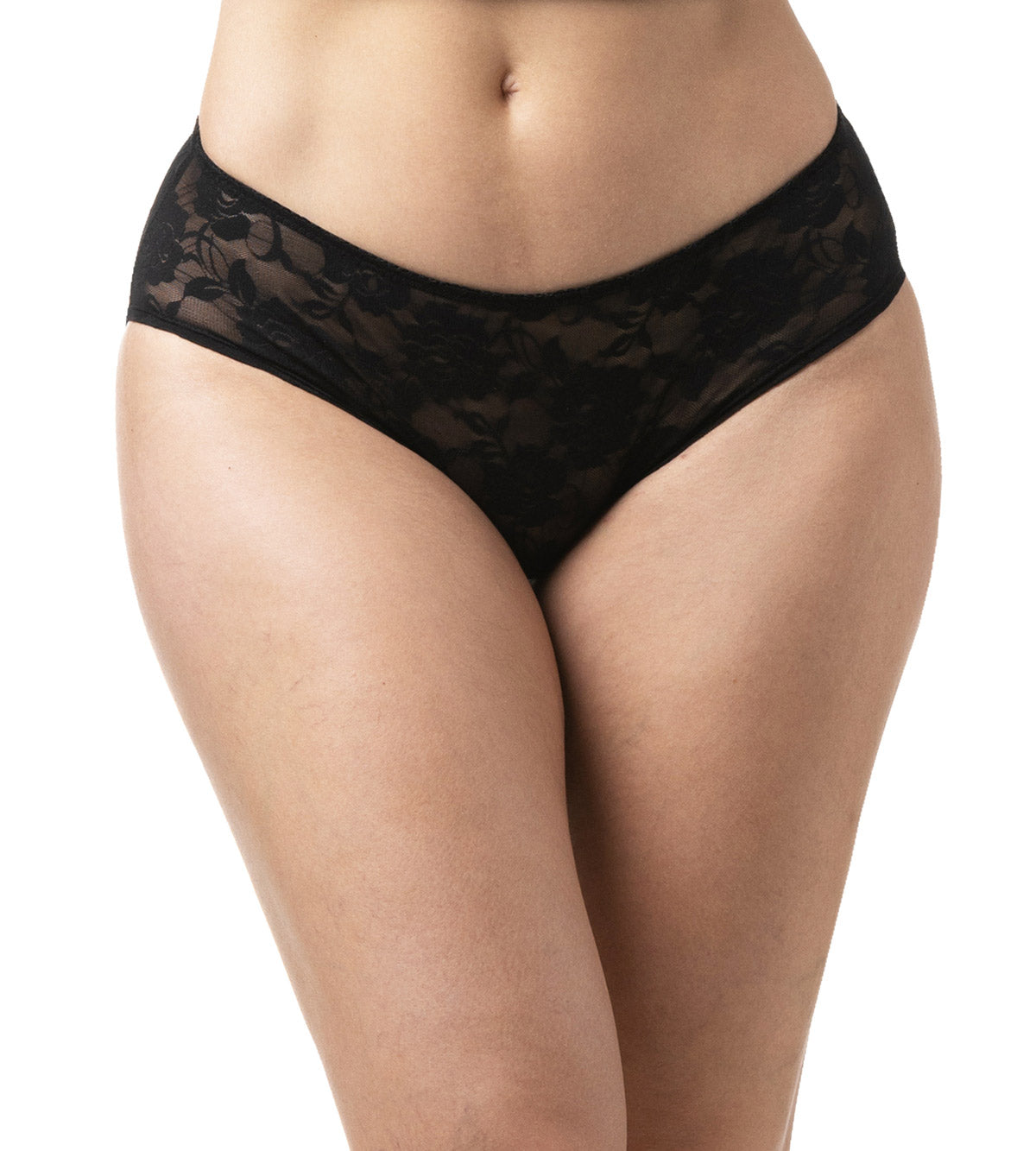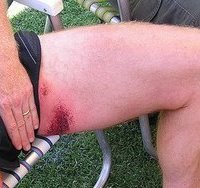
How Do You Treat Thigh Chafing?
Thigh chafing is very common, excessively uncomfortable, but surprisingly easy to avoid. If you're suffering, you'll want to take steps to treat thigh chafing — and fast!
Before treating your chafing, you should know that with protective clothing choices you can easily prevent the painful symptoms of thigh chafing. Choosing anti-chafing shorts or thigh bands is the ideal solution to prevent chafing, but if it’s too late, chafing treatments are available.
So let’s explore how you can treat thigh chafing.

Dry and clean your thighs
The first step in treating chafing is to clean and dry the skin. Chafing is usually caused by sweat, so the chafed area is likely to be sweaty and prone to bacteria. It’s possible for severe skin chafing to break the skin barrier, and leaving the area unclean may result in infections. Therefore, you should clean chafed thighs with water and unscented soap or products for sensitive skin. Be sure to carefully pat dry the area after cleaning, but avoid rubbing or scrubbing. You should always clean the skin before attempting to treat thigh chafing with other products.
Create a barrier between the thighs
The next step in treating chafing is to prevent more chafing. To achieve this, you must create a protective barrier between the thighs so the skin can’t continue rubbing. A barrier is ideally created before chafing occurs, but it is also essential to allow the skin to heal. Using garments like bike shorts or Bandelettes® Anti-Chafing Thigh Bands to create a barrier with fabric. Lubricating products such as petroleum jelly, moisturizers, or special chafing creams can also create a barrier to help treat thigh chafing. 
Seek medical attention
Most cases of thigh chafing are mild and will heal on their own by following the recommendations above. However, severe thigh chafing may require medical attention. In some cases, a doctor will prescribe a topical treatment or antibiotics to treat inner thigh chafing. You should see a doctor if you notice any of these symptoms:
- Oozing
- Blisters
- Bleeding
- Swelling
- Changes in skin color
Prevent future thigh chafing
While most cases of chafing can be treated or soothed with home remedies, some patients may require medical attention. Prevention is the key to repeated chafing or prolonged healing. Bandelettes® range of Thigh Bands and anti-chafing underwear free men and women from the pain of skin chafing. To learn more about preventing and treating skin chafing, read our guide: Everything You Need To Know About Chafing.




